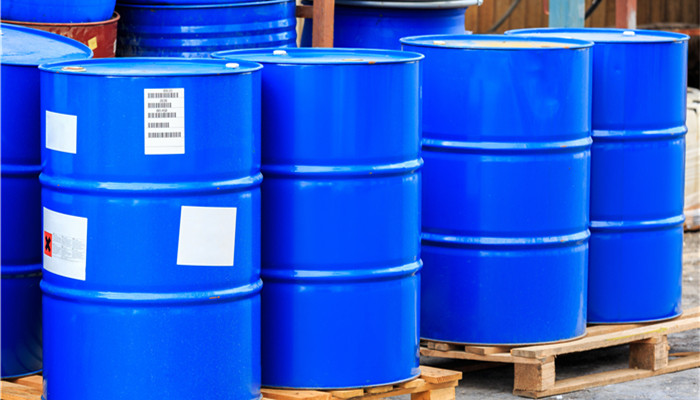
Niobium pentoxide (Nb2O5) can be used in a wide range of applications. At present, industrial grade products account for a large proportion of the demand.
Niobium pentoxide, chemical formula Nb2O5, is an inorganic compound with a white powder appearance, insoluble in water, insoluble in other acids except molten sulfuric acid and hydrofluoric acid, soluble in strong alkali, chemically stable, and heat-resistant. It has high stability and is an important industrial raw material.
The main preparation methods of niobium pentoxide are: roasting method, using tantalum-niobium ore as raw material, pulverizing and dissolving it with hydrofluoric acid to generate fluoroniobic acid, using methyl isobutyl ketone to extract the fluoroniobic acid, and then reacting with ammonia water Niobium hydroxide is generated, and the product is obtained after washing, drying, and burning; the thermal decomposition method of ammonium niobate uses ammonium niobate as raw material, and is heated under high temperature conditions to decompose into niobium oxide and ammonia gas, and then separate ammonia gas. , introduce oxygen and react with niobium oxide to obtain the product.
According to the “2023-2027 Niobium Pentoxide (Nb2O5) Industry In-depth Market Research and Investment Strategy Suggestions Report” released by the Industrial Research CenterIt shows that according to purity, niobium pentoxide can be divided into industrial grade niobium pentoxide and high purity niobium pentoxide. Industrial grade niobium pentoxide can be used to prepare metal niobium, niobium alloys, niobate, ceramics, etc., and can also be used as a catalyst; high-purity niobium pentoxide can be used to make anode materials nickel niobate and ferroelectric crystal niobate Lithium and piezoelectric ceramic potassium sodium niobate can also be used as targets and semiconductor materials to manufacture electronic components, optical glass, optical fibers, etc.
Lithium niobate crystal (LiNbO3) has excellent piezoelectric, ferroelectric, optoelectronic, nonlinear optical and other properties. It is one of the mainstream optoelectronic materials and can be widely used downstream in electronics, communications, military industry and other fields. In 2022, the global lithium niobate crystal market size will be approximately 1.02 billion yuan.
Potassium sodium niobate ceramic (KNN) has the characteristics of dense texture, small mechanical quality factor, high Curie temperature, high piezoelectric constant, and low dielectric constant. As a piezoelectric ceramic, it can be used to manufacture a variety of electronic components and does not contain elements. Lead has outstanding environmental protection advantages and is expected to replace the traditional lead zirconate titanate ceramic (PZT) in the future.
Niobium pentoxide targets generally have a purity of over 99.99% and have the characteristics of high density, excellent microstructure, and good mechanical properties. They can be used in optical glass manufacturing, glass coating and other fields, and are ultimately used in liquid crystal displays, photovoltaic power generation, etc. industry. At this stage, the demand for industrial-grade niobium pentoxide accounts for a large proportion, and the metallurgical industry is its important downstream market. However, with the continuous development of high-tech industries, the demand for high-purity niobium pentoxide is rising.
Industry analysts said that globally, the main producers of niobium pentoxide include Brazilian Mining and Metallurgy Company (CBMM), Russia Magnesium companies Solikamsk Magnesium Works, Mitsui Kinzoku, JX Nippon Mining & Metals and other foreign companies, as well as Ningxia Oriental Tantalum Co., Ltd., Jiangxi Domestic enterprises such as Jingtai Tantalum Co., Ltd. and Jiangmen Fuxiang Electronic Materials Co., Ltd.

 微信扫一扫打赏
微信扫一扫打赏

